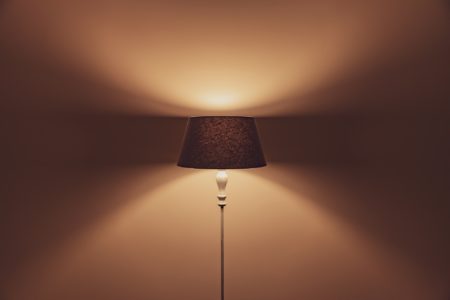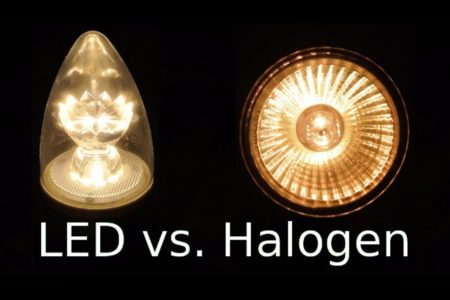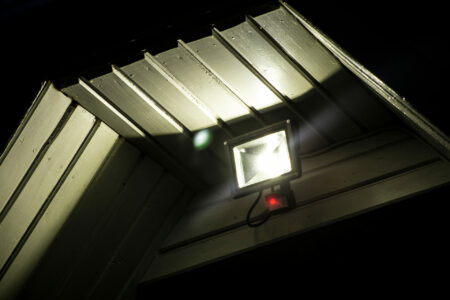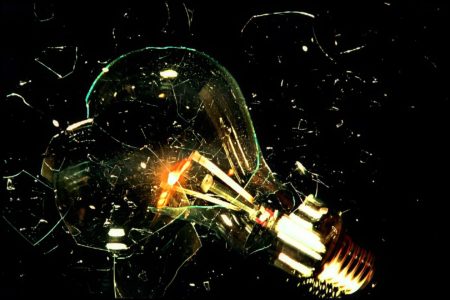If you’re in the market for some new light bulbs, you may be confused about the many different types. A very common one are type A bulbs. But what exactly is a type A light bulb? And what are its uses? Today’s article will answer all your questions! So let’s dive into the details.
What Is a Type A Light Bulb?
There are many types of bulbs available in the market. Each type is used for a specific purpose. For example, we use type B bulbs for decoration, while type G is mainly for bedrooms and bathrooms.
Regarding type A light bulbs, those are the standard glass light bulbs we use around our household. They come in the classic pear-like shape that we’re all familiar with. We usually use type A bulbs in ceiling lamps, table lighting, and reading lights.
People call type A bulbs many names, like arbitrary, classic bulbs, and GLS. Usually, these lights come with bayonet B22 or an Edison screw base type E26 and E27.
Type A Light Bulb Uses
Type A bulbs are highly versatile and widely available. You can use them in almost any part of your home that has a compatible fitting.
For example, you can use them in the following ways:
- Table lighting
- Ceiling lamps
- Fan lamps
- Decorative lighting
- Porch lamps
- Reading lamps
Classification of Type A Bulbs
There are several types of type A bulbs, including LED, halogen, and incandescent. Despite the different ways each one works, they all mostly have the same pear-shaped look.
Usually, you’ll find two digits following the letter “A,” which indicates the bulb’s diameter. Let’s check out some popular type-A bulbs.
A15
The A15 bulbs are the smallest ones in the type A family. They’re only 1.875” in diameter and come in low wattages.
As a result, we use them mainly in small appliances and refrigerator lamps. However, you can also use them for decorative purposes.
A19
The diameter of the A19 bulbs is around 2.4”. They’re usually 3.9” to 4.3” in length and come in different wattages, from about 40 W to 100 W.
Moreover, these types of bulbs are also referred to as A60s.
This is because in many countries outside the United States, people use the metric system. In these countries, the bulb’s diameter is about 60 millimeters.
The A19s are the most popular option for ceiling fixtures, sconces, bathroom vanities, table lamps, big fan lights, and many other uses around any household.
A21
A21s, also known as A67, have a diameter of approximately 2.6”. Their length is around 4.1” to 5.4”, which is longer than their little brothers, the A19s.
You can find them in a wide range of different wattages, usually from around 100W to 150W.
Typically, we use the A21 light bulbs in the same places as the A19s. Additionally, most of the A21 bulbs have a dimming option.
A23
The A23 light bulbs have a diameter of around 3.2” and a length of approximately 5” to 6”. So they’re slightly larger than their little brothers.
They have higher lumens and wattage, so we use them in applications that require high light output.
However, most A23 light bulbs have a dimming option that allows you to adjust the brightness of the lights.
A25
The A25 bulbs are the largest when compared to other bulbs in the type A family. They have a diameter of around 3.7” and a length of approximately 6” to 7”.
We rarely use them in households. Instead, we use them in places such as workshops, factories, and warehouses, where bright lights are needed.
Normally, these bulbs use a lot of power, so they have a built-in heat sink, which allows for better heat dissipation.
Type A LED Light Bulbs
Type A incandescent lights were pretty popular, but now you can find type A bulbs in alternative technologies like compact fluorescent, CFLs, and LED.
All of these technologies are more environmentally friendly than traditional incandescent technology.
While fluorescents and CFLs use much less energy than incandescent bulbs, LEDs are more power-efficient and more popular.
These LED light bulbs are highly energy-efficient. Furthermore, they last longer, so you don’t have to buy a new one as often. That can save you a lot of money!
The A-series bulbs with LED technology look just the same as the traditional ones. However, most LED light bulbs have a non-transparent area right above the base. This doesn’t affect their lighting output, though.
In fact, type A LED bulbs use around 90% less energy than traditional ones while producing the same lighting output.
Type A Linear Tubes
Type A tubes are different from standard type A bulbs. As you might’ve guessed, they don’t have the regular pear shape but a long, tube shape.
Many people refer to these lamps as the plug and play lights. They directly replace traditional lamp types like linear fluorescents and CFLs.
The good thing about type A linear tubes is that you can control their wattage and lumen output via the ballast factor.
It’s usually a number between 0.70–1.2 that tells you how much light your light bulb will generate.
The A type tube bulbs are especially useful in offices, gas stations, or anywhere that needs a lot of strong light.
FAQs
Can I Use an A19 Light Bulb in an A21 Lamp Holder?
Despite being smaller, an A19 light bulb can fit in almost all fixtures and lamp holders for the A21. This is because they both usually have the same E26 base.
Simply put, the double digits after the “A” refer to the bulb’s diameter at the widest part from the top. Therefore, the bulb’s diameter doesn’t matter if they have the same base.
How to Tell if a Light Bulb Is Type A?
Most type A bulbs have a pear-like, circular shape. They look exactly like what comes to your mind when you think of a “light bulb.” They typically have an E26 or an E27 base.
You can also find the type of bulb on its package. If you find the letter “A,” followed by two digits, that’s a type A bulb.
How Long Do Type A Light Bulbs Last?
The bulb’s life span depends on its lighting technology rather than its type. For example, incandescent bulbs last approximately 1000 hours, while CFLs last between 8000 and 20,000 hours.
On the other hand, LED lights can last up to 50,000 hours.






